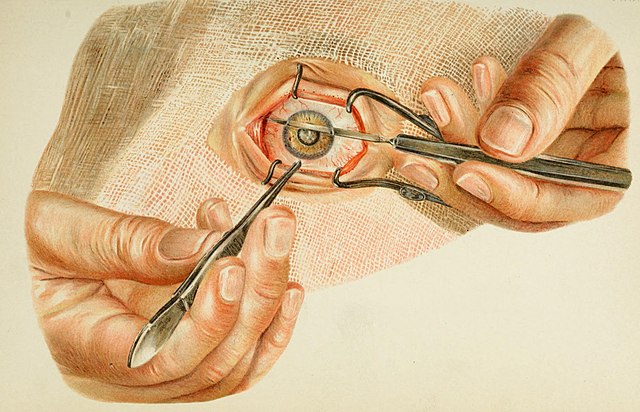In a recent assessment, Brooke Sherry, M.P.H., a research data associate at NYU Langone Health in New York, and associates investigated ways to reduce or eliminate greenhouse gas emissions related to cataract surgery, one of the most popular procedures in the United States and around the world.
The review was first released online in March 2023 and then printed in Ophthalmology's July issue.
Extreme heat waves and diseases spread by insects are only two of the many short-term and long-term health risks that climate change can bring about. Sherry and colleagues observe that the eyes are open and vulnerable.
In regards to eye care, they concluded that "climate change is likely to exacerbate ocular trauma (from extreme weather events), vector-borne diseases, such as trachoma and onchocerciasis, and diseases affected by exposure to heat, ultraviolet radiation, ozone, and other environmental pollutants." In addition, demand for cataract surgery will rise as the population of both the world and the United States gets older. According to a statistic published by the World Health Organization last year, there would be 2.1 billion individuals in the world over the age of 60 by 20250.
Previous studies have demonstrated that the production and distribution of single-use surgical supplies is a significant source of emissions in high-income nations.

